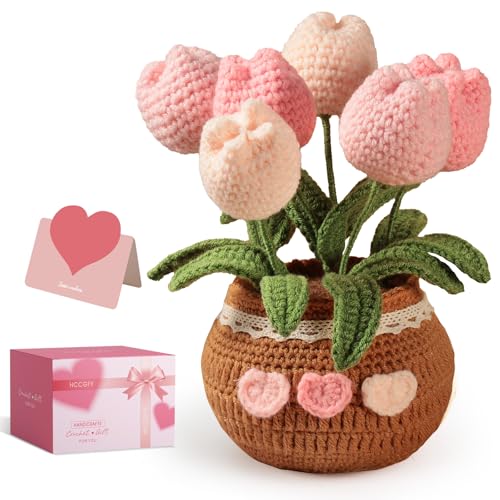
Table of Contents
The Tulip in 4 Religeous Traditions
The tulip’s significance goes beyond religious traditions, weaving through cultural narratives that enrich its meaning. In the Ottoman Empire, for example, the tulip became a symbol of wealth and prestige, leading to the Tulip Era, a time marked by a fascination with horticulture that transformed the landscape of Istanbul. This period saw the cultivation of numerous tulip varieties, each representing different sentiments and societal aspirations.
Tulip Symbolism in Cultural Contexts
The tulip is a flower rich in beauty and cultural significance, while it may not traditionally hold a prominent place across all religious traditions, there are fascinating instances where it does emerge. Its symbolism varies, embodying notions of beauty, spirituality, and resurrection across different contexts. For instance, in the grand narratives of various faiths, the tulip has found its way into the hearts and minds of believers, representing deeper truths and aspirations.
In Islam, the tulip transcends mere botanical interest; it becomes a profound emblem of paradise. The flower’s presence in Islamic art and architecture signifies an aesthetic representation of beauty and perfection, reflective of the afterlife’s tranquility and splendor. The intricate patterns featuring tulips in mosaics and manuscripts serve as reminders of the divine, inviting us to reflect on the nature of eternity and the sublime.
In Sufism, which delves deeper into the mystical dimensions of Islam, the tulip embodies spiritual longing and transcendence. It symbolizes the soul’s quest for unity with the divine. This notion is captured in Sufi poetry, where the tulip often appears as a metaphor for the heart yearning for a connection with the beloved, illustrating the profound relationship between the seeker and the sought.
In Hinduism, while the tulip may not be as prominent as other blooms, it holds potential in specific worship contexts. For instance, during festivals celebrating the goddess Saraswati, who symbolizes knowledge and creativity, offerings of tulips might underscore her grace and beauty. The act of presenting tulips during rituals highlights the flower’s aesthetic appeal and its alignment with divine feminine energy, enhancing the spiritual atmosphere of the worship.
In Christian art, the tulip occasionally emerges as a powerful symbol of the Resurrection. Particularly in Northern European art, the tulip’s vibrant colors and distinct shape evoke imagery associated with rebirth and renewal. Artists have utilized tulips to convey the essence of Easter, relating the flower’s life cycle to Christ’s resurrection, thereby intertwining floral beauty with profound theological significance.
While the tulip has not played a major role in religious traditions, it has been used symbolically in a few instances to represent beauty, perfection, spiritual longing, and the promise of new life.
Conclusion
In conclusion, the tulip, while not a predominant figure in all religious traditions, carries rich symbolism across various cultures. Whether representing paradise in Islam, spiritual transcendence in Sufism, beauty in Hinduism, or resurrection in Christianity, the tulip transcends its role as a mere flower. It invites us to explore the deeper meanings and connections that flowers have in our spiritual and cultural lives, encouraging a broader appreciation for their beauty and significance.
Furthermore, in Persian poetry, which often elevates natural beauty to divine status, the tulip is frequently mentioned. It serves as a metaphor for love, beauty, and the fleeting nature of life. Poets like Rumi and Hafez have drawn upon the imagery of the tulip to express profound emotional truths, connecting the ephemeral nature of flowers to the human experience of love and longing.
Shop tip
The tulip in religeous traditions On Amazon
Video
Special meanings and symbolism behind tulips
Thank you for reading, shares and comments!
✨ Comment Policy ✨
We welcome thoughtful, kind, and constructive comments that contribute to meaningful conversations.
Please note:
- Promotional links and unsolicited offers will be removed.
- Spam, irrelevant content, or self-promotion without prior permission will not be published.
- We value quality engagement over quantity — thank you for helping us keep this a respectful and inspiring space!
Sources openai Language models, aitrot, picsart and mib
Take time to learn
Invest in your future
Embark on a journey into the realm of affiliate marketing and craft your own website within a vibrant, supportive community. Join me in this adventure, where you can begin as a free starter and stay as long as you desire. Enjoy complimentary hosting and foundational teachings to set you on your path. For those with advanced skills, opportunities to elevate your expertise await. Take a moment to explore and witness the magic for yourself!







